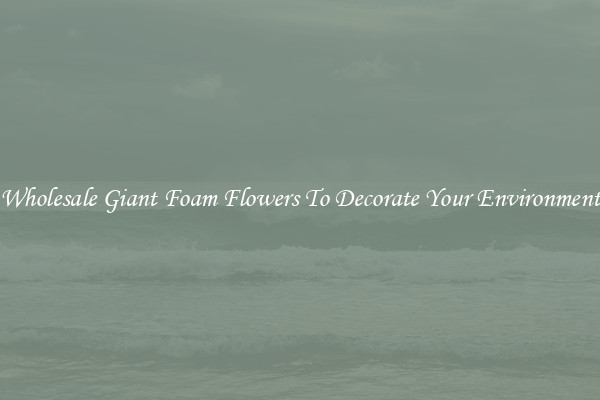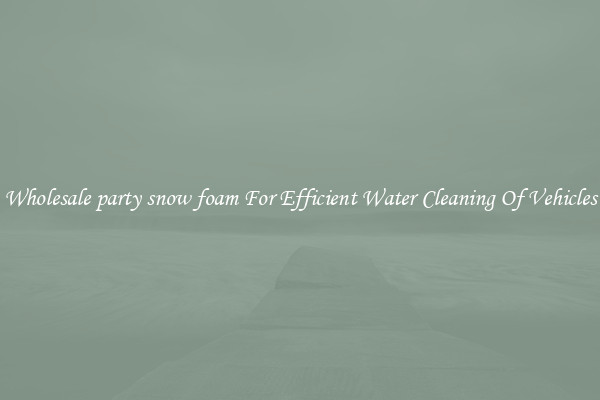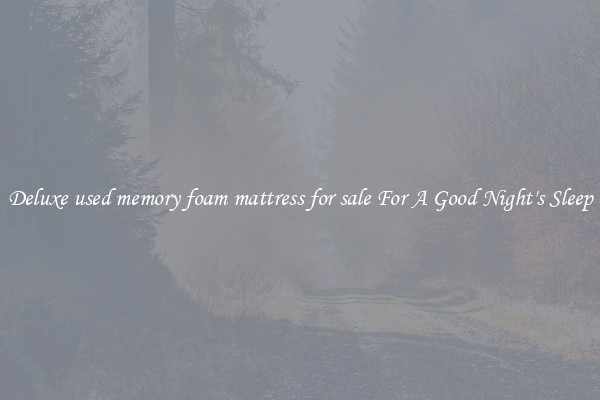Powerful construction cfc free polyurethane foam For Strength
Polyurethane foam has long been a popular material in the construction industry due to its versatility and durability. However, with growing concerns about the impact of chlorofluorocarbons (CFCs) on the environment, there has been a push to develop CFC-free polyurethane foam that maintains the same level of strength and performance.
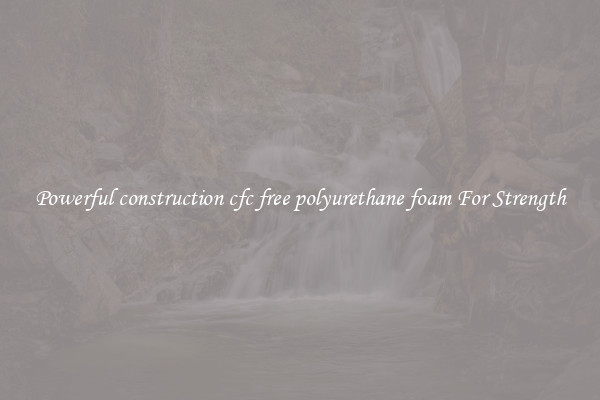
One of the key advantages of CFC-free polyurethane foam is its environmental friendliness. CFCs are known to deplete the ozone layer and contribute to global warming, so eliminating them from polyurethane foam production is a significant step towards reducing the environmental impact of construction materials. By opting for CFC-free polyurethane foam, builders can feel good about using a product that is better for the planet.
Despite the removal of CFCs, CFC-free polyurethane foam still maintains its powerful construction capabilities. It is a lightweight yet strong material that provides excellent insulation and structural support. Its high compressive strength makes it ideal for a wide range of applications, from insulating walls and roofs to filling gaps and cracks in buildings.
Another key benefit of CFC-free polyurethane foam is its versatility. It can be easily shaped and molded to fit any space, making it the perfect choice for custom applications. Whether used for residential, commercial, or industrial projects, CFC-free polyurethane foam can adapt to the unique needs of each construction project.
In addition to its strength and versatility, CFC-free polyurethane foam also offers excellent thermal and acoustic insulation properties. It can help reduce energy costs by creating a barrier against heat loss and gain, as well as minimize noise pollution by absorbing sound waves. This can lead to a more comfortable living or working environment for occupants.
Overall, CFC-free polyurethane foam is a powerful construction material that offers strength, durability, and environmental friendliness. By choosing CFC-free polyurethane foam for their projects, builders can create structures that are not only strong and resilient but also environmentally sustainable. It is a win-win solution for both the construction industry and the planet.

View details

View details

View details
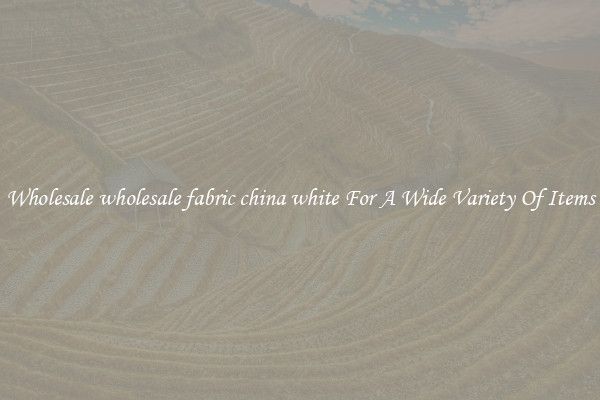
View details
